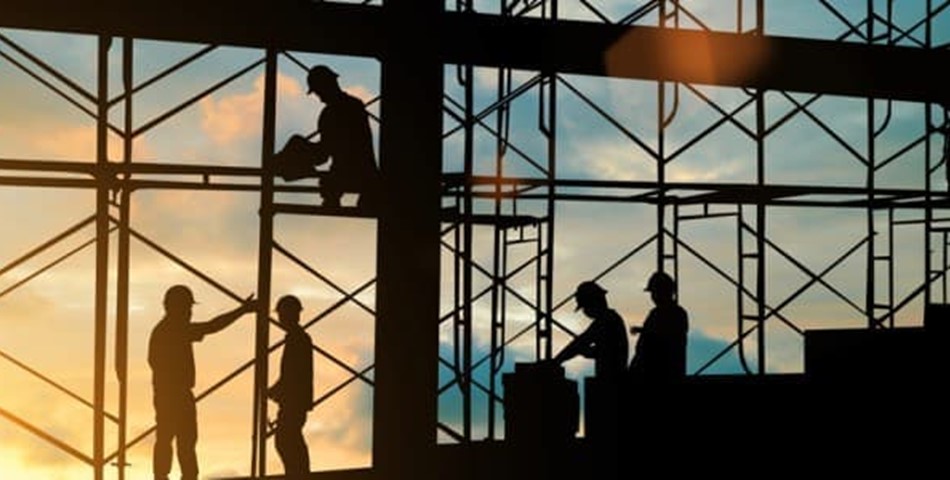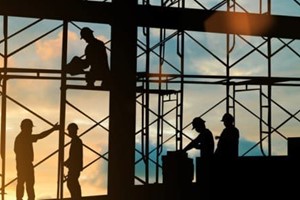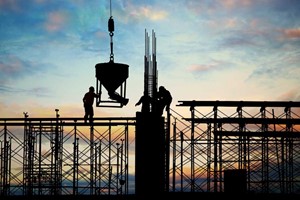The September Construction MMI traded sideways, falling a modest 2.56%. However, this trend will likely not continue. Supply and energy shortages continue to weigh heavily on the industrial metal and construction industries.
Strains on US Construction
Last month, smelter shutdowns and industrial metal slow-downs in China were not kind to the Construction MMI. Back in July, single-family home building was under strain from rising mortgage rates. With the Fed hiking interest rates to stifle inflation, more and more people could not build homes within their budget.
This could lead to a trend in which US buyers instead invest in smaller homes. Indeed, according to a recent article, the past 30 months saw a noticeable shift from larger home construction to smaller. Supply chain issues have proven a considerable crux in the construction industry. Meanwhile, industrial metal, wood, and other construction materials are increasingly difficult to come by.
Industrial Metal and Other Materials “Bottlenecking”
Supply chain issues and material shortages remain the prevailing trend in the US construction sector. According to Commercial Observer, a shortage of glass and concrete has placed a huge weight on the industry as a whole. Industrial metals are not exempt from this, with shortages of materials as innocuous as sand continue to hold up construction efforts. The article goes on to say that even though lumber declined in price, most other construction materials surged upwards.
One of the biggest underlying fears is that this recent sideways price trend could quickly turn upwards, easily breaking through the rooftop of resistance. In fact, 2022 construction costs easily broke the yearly average of 2%-4%. All this information considered, US homeowners building smaller homes is no surprise. With rising interest rates, shrinking industrial metal supplies and higher construction costs on the horizon, smaller has proven the home construction option of choice in 2022.














